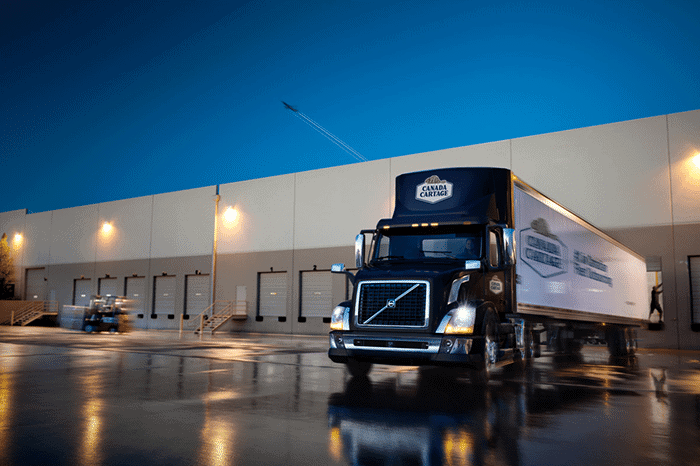Do the benefits of ELDs outweigh the costs?

Big changes are coming to the way transportation and fleet companies operate. At the end of 2017, fleet operators in the USA were required to start using electronic logging devices (ELDs). US Fleets that were already using ELDs will have until December 2019 to meet the new compliance specifications. Based on the US compliance dates, the Canadian ELD compliance deadline is projected to be Q4 2019, with existing e-logging devices being permitted until 2022.
With these new ELD compliance standards on the horizon, it’s important to understand how the trucking industry will be impacted, and what steps you need to take as a fleet operator.
What is the ELD mandate?
An ELD or electronic logging device is a piece of hardware that will connect directly to the engine’s control module (ECM) to automatically record driver compliance with hours of service (HOS) requirements. It collects vehicle data including date, time, location information, miles driven, engine hours, and is able to generate alerts for vehicle malfunctions and “unassigned driving time”. This information is used to monitor the status of vehicles and drivers, and is stored in a standard format that allows companies or transportation officials to collect and review.
What does it mean for private fleet operators?
All carriers will be affected by the new ELD mandate but for private fleet owners and smaller carriers, it could be a game changer. Some of the challenges will include:
- Drivers leaving the industry: a recent poll of Overdrive Online readers who were asked what their response would be to the implementation of the proposed ELD mandate revealed that 71% of all independent truckers claimed that they would hang up their hats and quit OTR trucking for good. With an industry-wide driver shortage, this could potentially cause further issues getting drivers in the seat.
- Non-compliance penalties: it is estimated that non-compliance penalties can run well over $10,000 and although these are US numbers, we can expect to see steep penalties in Canada as well. Industry professionals are also stating that there could be temporary shutdowns for non-compliant operators which could end up costing companies a lot more.
- Potential loss of productivity: for some shippers, the new ELD mandate could mean a loss of productivity. For drivers and/or shippers who may have pushed the limits and exceeded their hours of service in the past, “fudging” paper logbooks will no longer be an option. We can also expect that some Canadian carriers might refuse cross border shipments to avoid implementing ELDs this year.
- ELD implementation costs: small businesses might struggle with the economic impact of a costly federal regulation. The costs range from an annualized price of $165 to $832 per truck, plus “back-end” IT costs to integrate the ELD data. These regulatory changes will drive operating costs even higher for fleet operators.
Why the move to ELDs?
The new electronic logging devices will help improve safety standards, reduce the rate of preventable accidents and associated costs, and increase accountability of companies operating in the trucking industry. By automating and standardizing the way drive time is recorded and reported, ELDs will also help minimize errors and logbook tampering. With over $650 billion in goods crossing the Canada-USA border each year, the ELD mandate aims to create consistent regulations so drivers and fleets remain compliant on both sides of the border.
Canada Cartage has already completed installing the Omnitracs’ XRS platform for its Hours of Service application to become compliant in advance of the ELD Mandate. The Omnitracs XRS platform brings enterprise-grade fleet solutions and will provide full government compliance with a suite of optimization tools. By deploying Omnitracs’ XRS solutions, Canada Cartage will maintain its reputation as a world-class provider of dedicated fleet services.
View our infographic to learn more about the ELD mandate and how it will impact the trucking and transportation industry.
[Click to enlarge]





